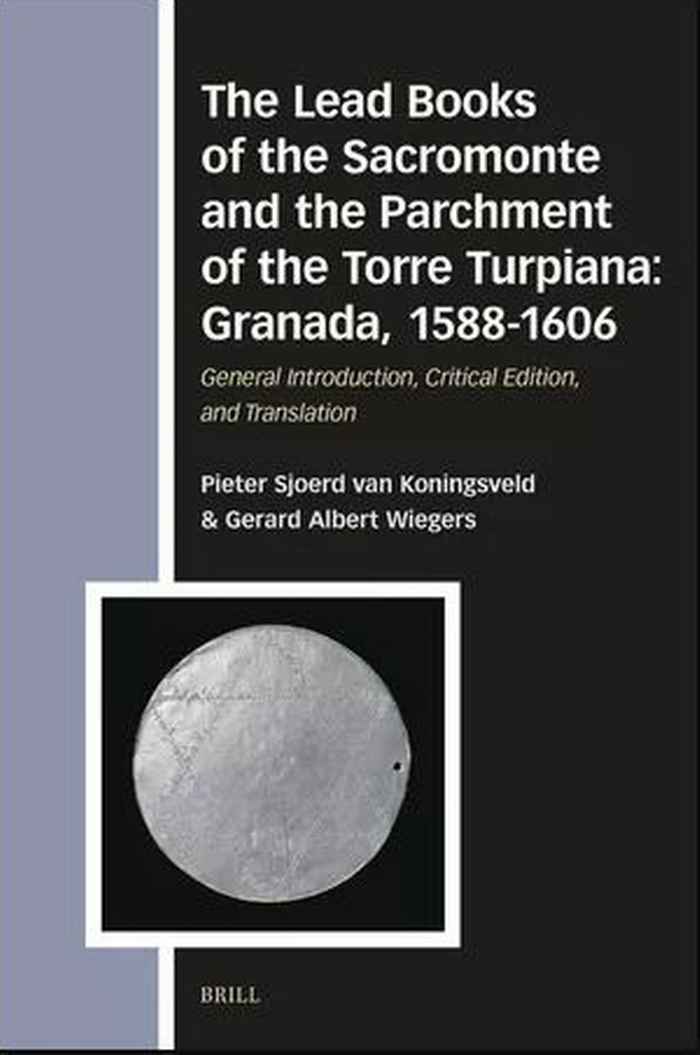Nieuw boek: The Lead Books of the Sacromonte and the Parchment of the Torre Turpiana: Granada, 1588-1606
General Introduction, Critical Edition, and Translation
22 januari 2024
The writer Miguel de Cervantes alluded to it in his Quijote. Were they new sources for the earliest history of Christianity, as their defenders believed? In 1682, they were condemned by the Pope as heretical writings. In 2000, they were returned by the Vatican to Sacromonte Abbey in Granada.
Gerard Wiegers and Pieter Sjoerd van Koningsveld (emeritus professor of Islamology at Leiden University), with the permission of the archbishop of Granada, have published, translated and introduced a critical edition of all the original texts. These turn out to be very special Islamic writings, written by Moriscos, forcibly converted Muslims. The study has been published in open access and can be downloaded.
